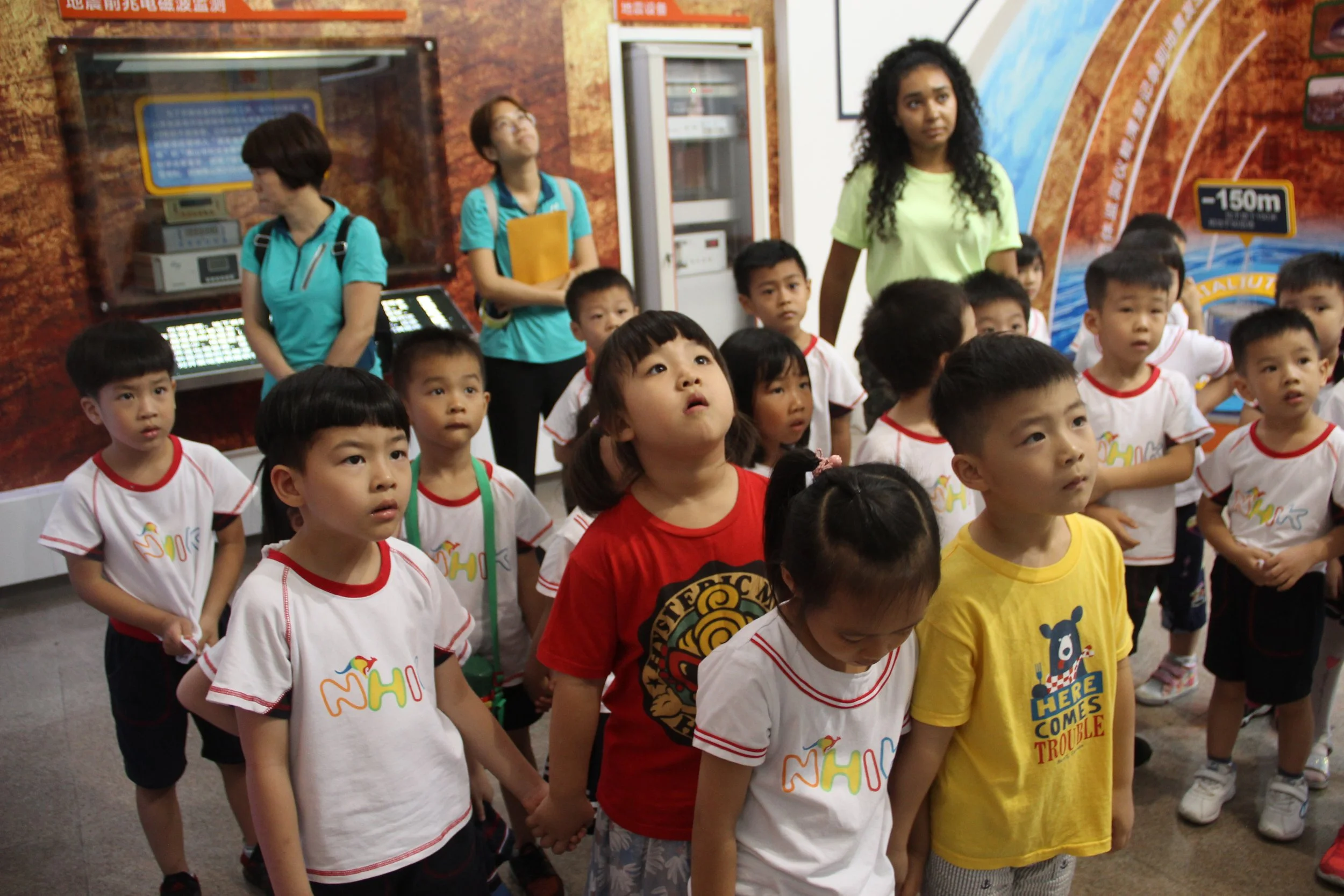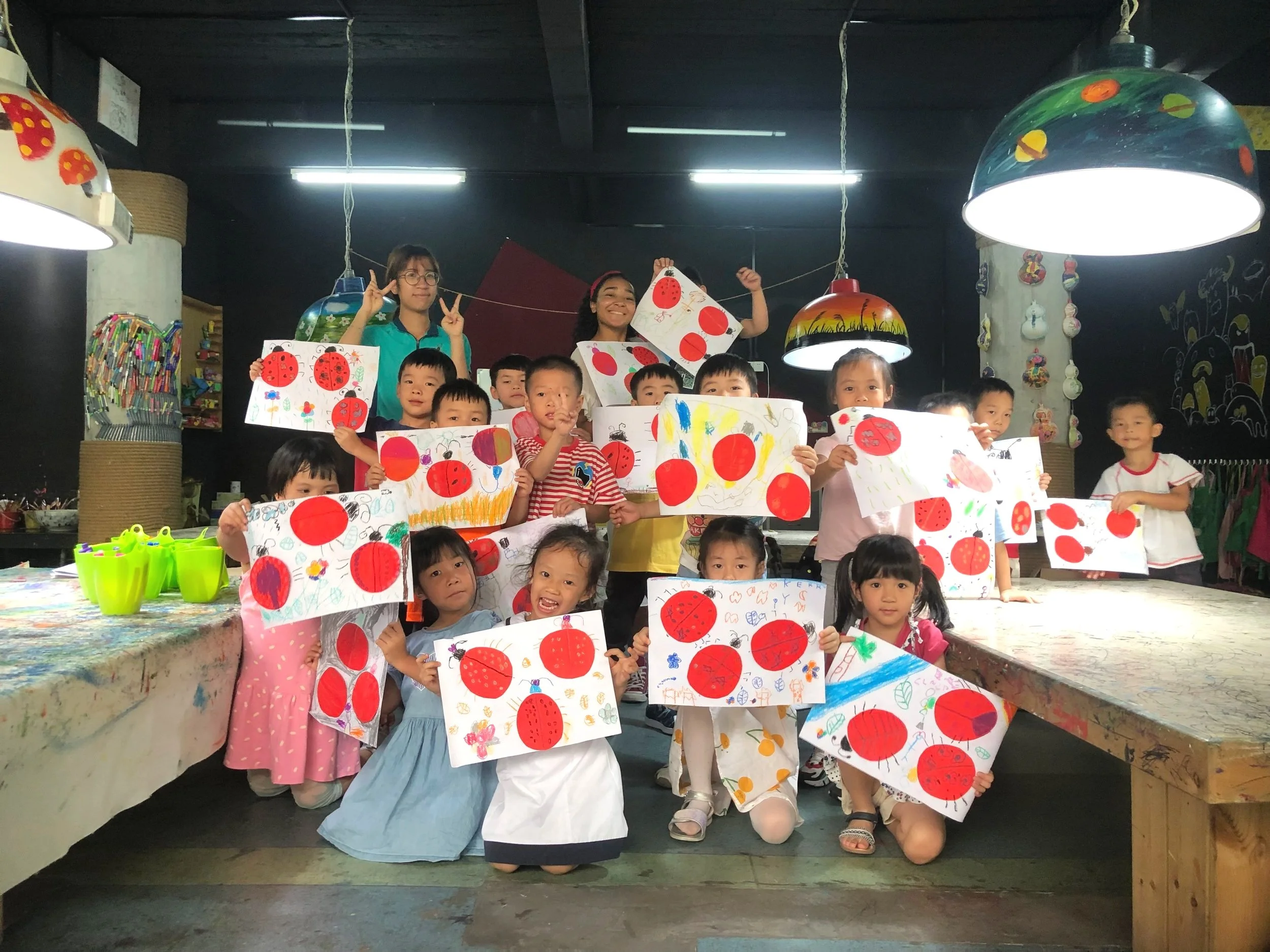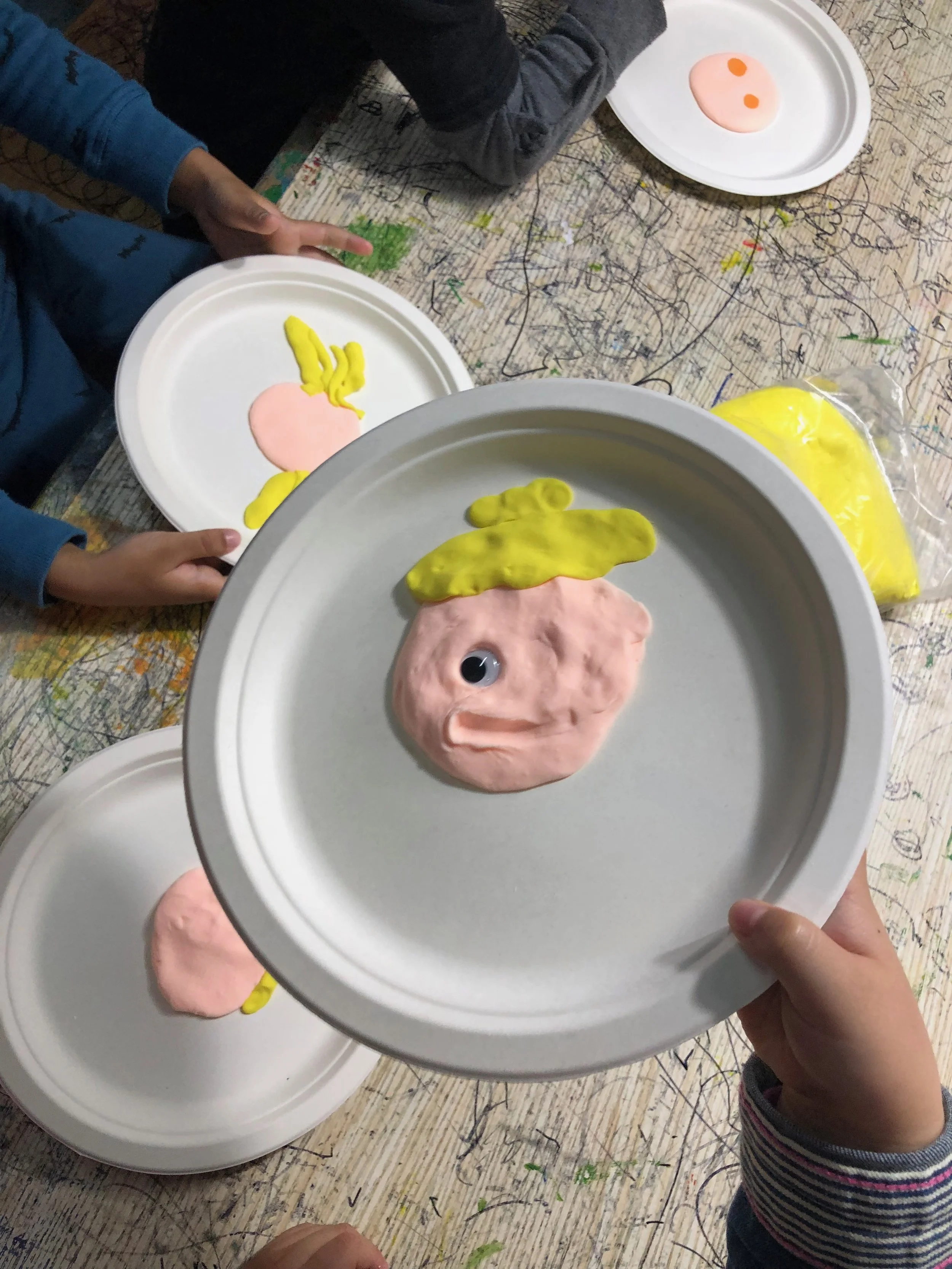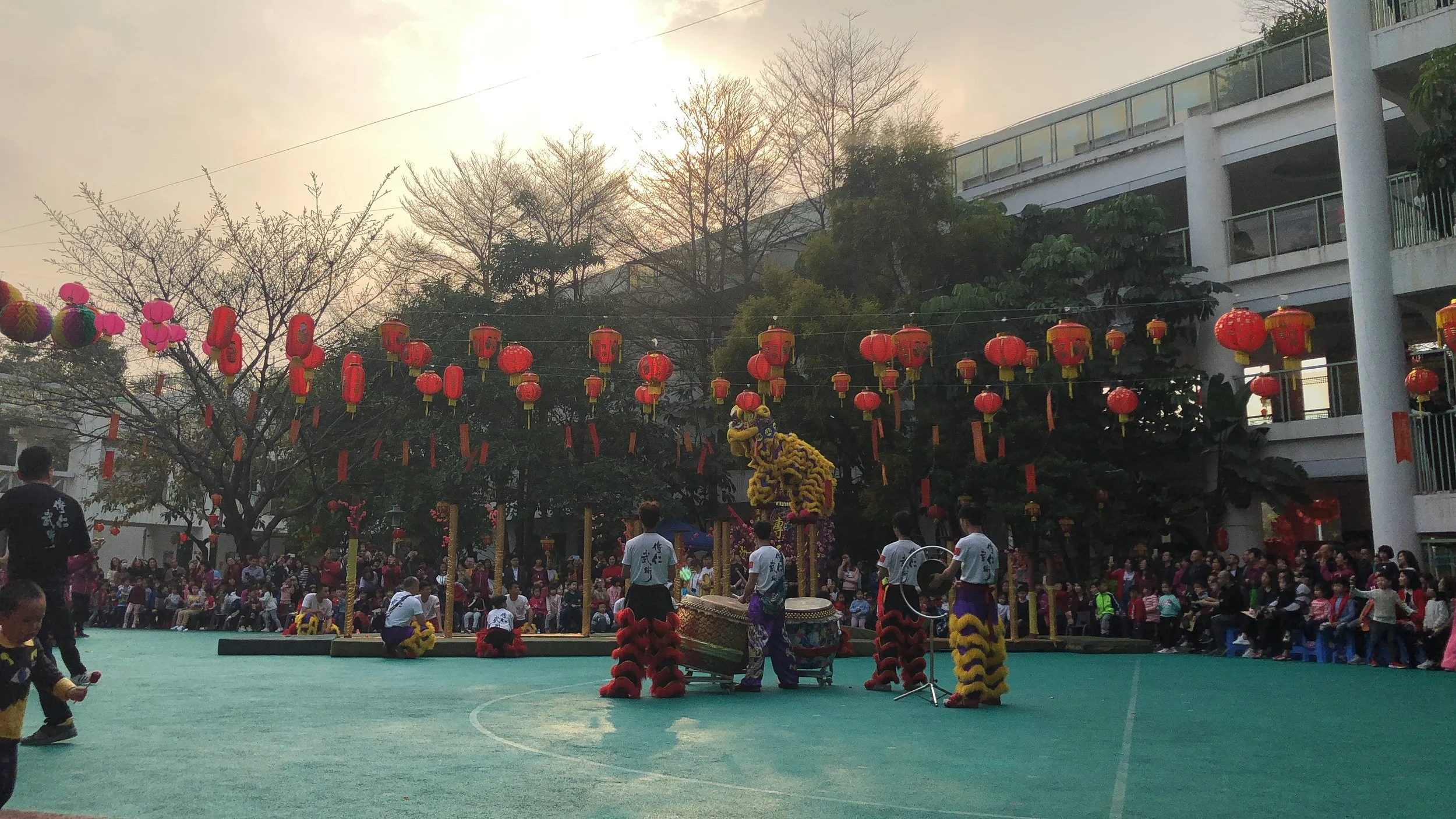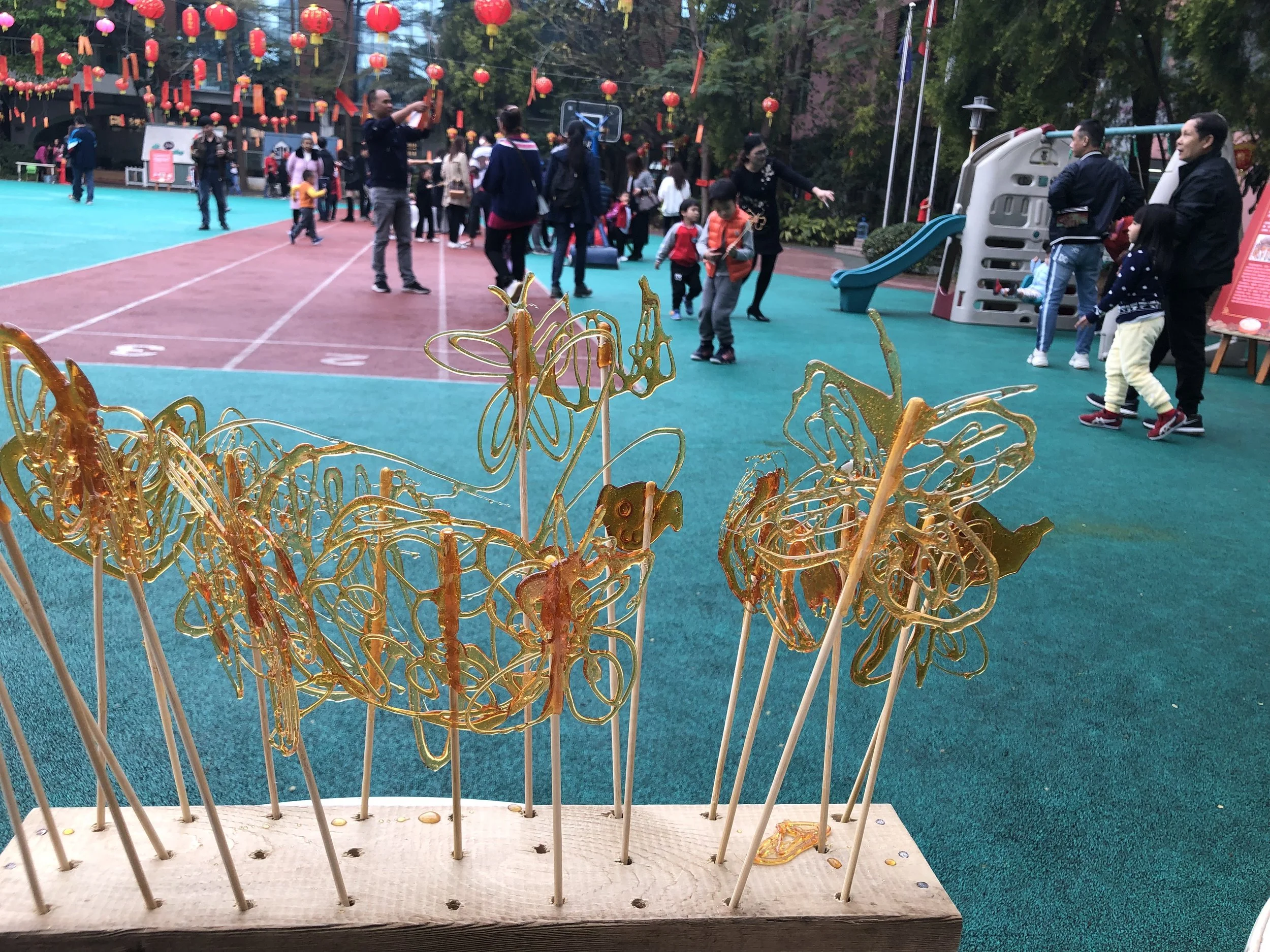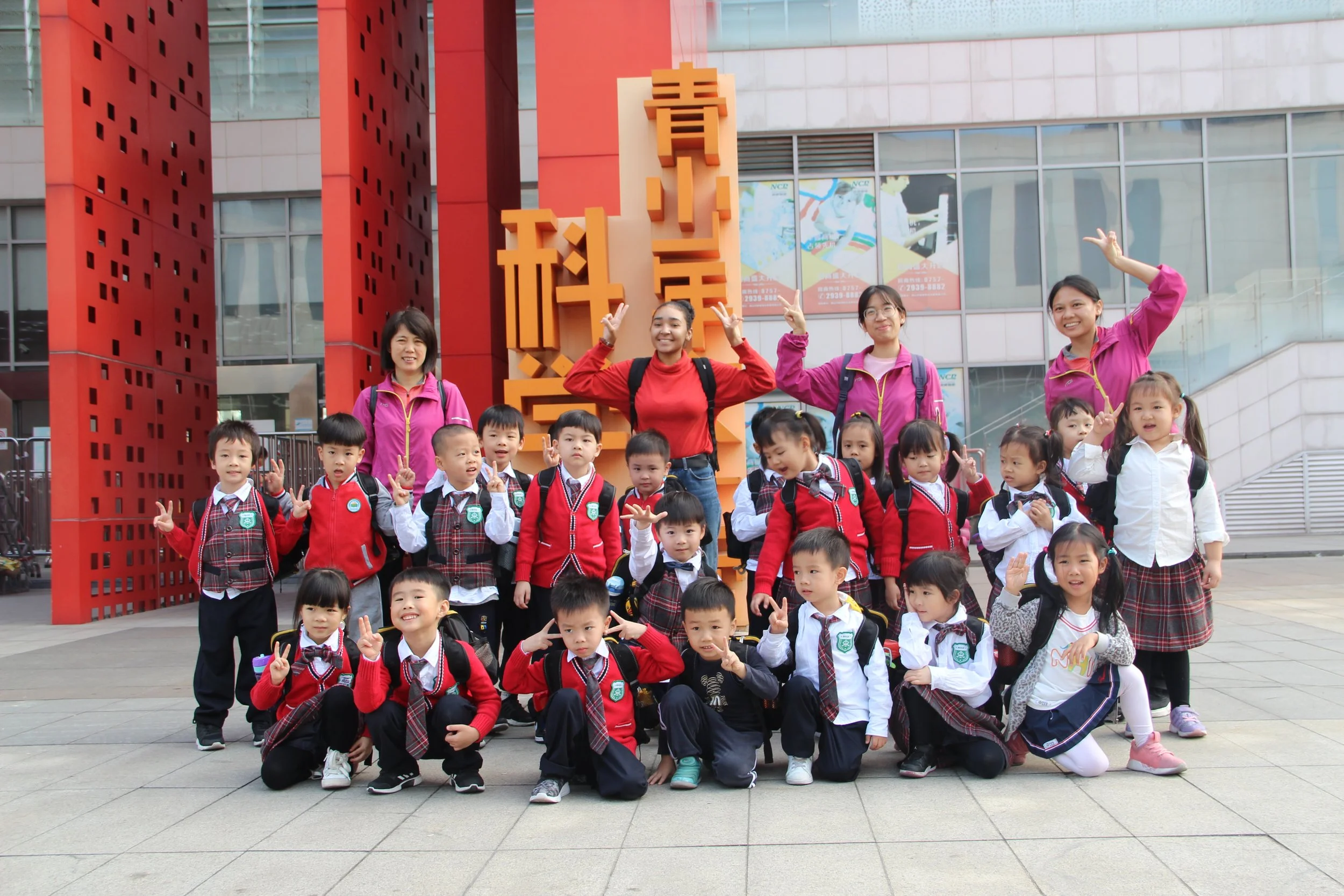Teaching in China.
During my English degree, I specialised in the social and scientific study of language. I studied the science behind language development, how language builds communities, and whether bilingualism affects our ability to interpret abstract concepts.
This interest spurred me on to teach english as a foreign language and, after graduating, I moved to China to teach English.

Over the next 13 months, I taught children aged 2-6 the basic foundations of English, including vocabulary, reading, writing, and grammar.
English Teacher.
Pedagogy.
I studied various teaching styles at university, from the rewards system and competition based motivation, to rote vs conceptual learning.
Whilst teaching, I found that the best methods for introducing new vocabulary was visual cues and rote learning. However, for complex tasks such as sentence structure/conjugation, kinesthetic methods were more effective.
For example, when teaching my students left, right, backwards and forwards I blindfolded myself and had the class shout out directions at me.
Performer.
It didn’t take long to realise that teaching children is a performance, and the classroom was my stage. I didn’t just read a storybook, I transformed into a giant who lived at the top of the beanstalk.
Culture.
Though I came to China to teach, I learned a lot. The chinese culture is rich and ancient, and I spent much of my free time travelling, learning the language, and experiencing the many cultural differences between the east and west, including miànzi.
Teaching abroad enabled me to become the creative I am today. Working with children forced me to think outside the box, be more creative, and most importantly to have fun.
